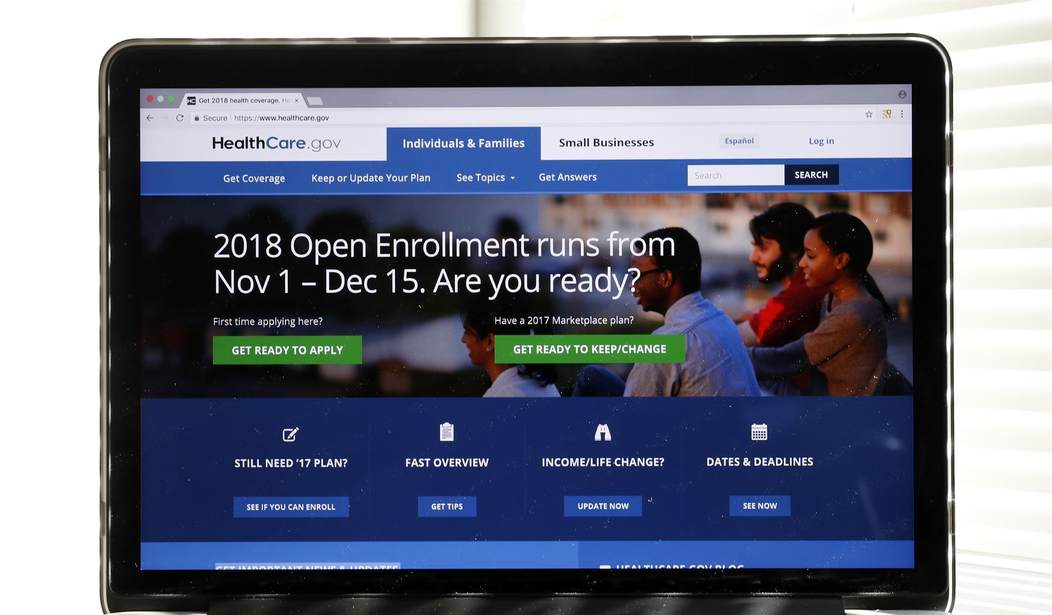A new report from the National Academy of Sciences (NAS) on drug pricing reads more like a Bernie Sanders campaign manifesto than an objective or informative primer.
Before discussing its defects, however, it's helpful to highlight a tale of two contrasting federal medical endeavors.
The first program - Medicare Part D - was conceived as a way to solve a persisting structural problem in the healthcare industry. Specifically, the government covered most costs of surgery and other invasive procedures for older Americans, but not for drugs that might postpone surgeries or even render them unnecessary. Thus arose the suggestion that Medicare could be adjusted to cover prescription medicine. Costs could be contained not by government fiat, but rather by allowing private insurers contracting with the government to negotiate directly with drug manufacturers.
The second program - Obamacare - was deceptively sold as a way to solve access to health insurance for a broad group of consumers. Medicaid would be expanded. Taxpayer subsidies would be created to underwrite insurance for people in certain income brackets. Fines in the form of an "individual mandate" would now be imposed on anyone who failed to purchase government-approved insurance. And stringent requirements for insurance companies would determine what plans were and weren't eligible for both the subsidies' individual mandate fines.
Recommended
Despite ideological opposition and predictions of failure, the Medicare Part D approach actually proved relatively successful. Among other achievements, the Congressional Budget Office (CBO) estimated that the program's costs came in nearly one-third of a trillion dollars – that’s trillion, not billion – lower than estimated in the first decade.
Obamacare, in contrast, has failed miserably and notoriously. Millions of Americans suffered canceled insurance plans, forcing them to scramble and find new insurance to avoid lack of coverage and the individual mandate fines that would ensue. Obamacare's costs have also already far exceeded proponents' assurances. Insurance companies were forced to massively hike prices, cannibalize each other through mergers and ration care through “skinny networks,” which offer customers fewer and fewer choices in terms of deciding which doctors and specialists that they need.
With all of those straightforward lessons and recent history in mind, which model would you recommend as a successful federal model if you were tasked with drafting recommendations on how to effectively bring down drug prices?
Anyone who responded, “Obamacare!” is insane, uninformed or simply cynical.
Unfortunately, that's precisely the course the NAS chose. The authors of its tragically and deceitfully misnamed report entitled “Making Medicines Affordable: A National Imperative” appear to stubbornly insist upon repeating Obamacare's perverse approach to the important problem of consumer drug costs.
Whereas we're all familiar with the adage, “If it ain’t broke, don’t fix it,” the NAS has adopted an approach for this report more along the illogic of, “If it’s working, let’s break it” method of problem-solving. The report's authors seek greater government regulation of the drug industry at every level, from manufacture to distribution to prescription. They also demand greater government intrusion into negotiations between private Medicare Part D insurers and drug manufacturers – negotiations that have already brought nearly one-third of a trillion dollars in taxpayer savings.
Believe it or not, it gets worse.
The NAS report authors would significantly restrict which drugs are available to patients for prescription – to as few as one drug per class. That would not only interfere with doctor-patient relationships, but also further restrict patient choice and threaten truly horrific outcomes in the area of medical allergies. They would also allow importation of potentially dangerous drugs from other countries in order to magically correct problems of their own creation.
Had the NAS report been published on April 1, perhaps we could write all of this off as a tasteless prank. Unfortunately, it wasn't. Far worse than any April Fools' joke, the report offers the latest unfortunate example of an important, supposedly objective, scientific institution doubling down on ideological stubbornness at the expense of American consumers.
The NAS should be ashamed for actually publishing this monstrosity of a report. But regardless of the NAS's capacity for shame, Americans should not accept this travesty or make the potentially deadly mistake of treating it as serious analysis.

























Join the conversation as a VIP Member